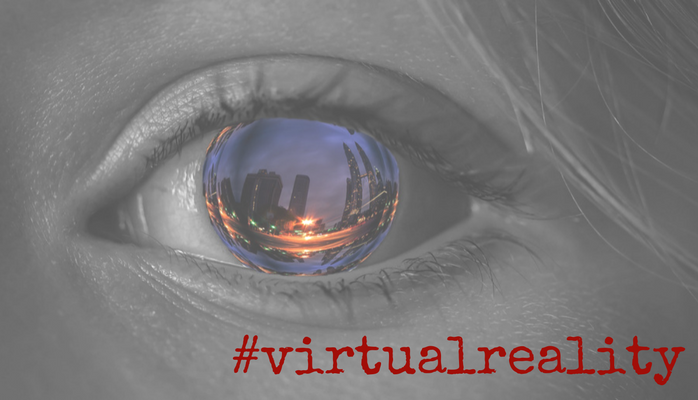A Virtual View of the Skills Gap Dilemma
According to the just-released 2018 Employer Needs Survey, 50 percent of North Carolina businesses report hiring difficulties and 60 percent of NC STEM-related and manufacturing companies experience the same. A recent Deloitte study estimates 2.4 million positions may go unfilled over the next decade.
Immersive technologies, such as virtual reality (VR), augmented reality (AR) or mixed reality (MR) [collectively called XR], are being used to address the skills gap behind those numbers. Charlotte-based Lowe’s finds VR particularly useful for simulating the numerous home environments a sales or service representative may encounter. Global shipping giant DHL Supply Chain reports an average 15 percent or greater improvement in productivity in its warehouses utilizing AR glasses, while also reducing onboarding and training time by 50 percent.
What does this mean for employee training? Read more on: A Virtual View of the Skills Gap Dilemma.
About Our Guest Writer


